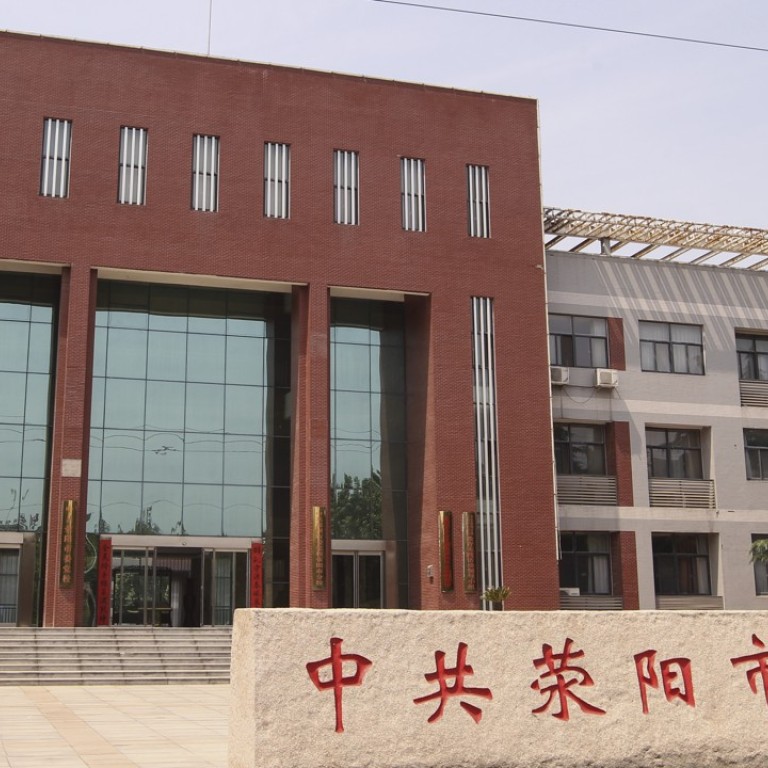
How one city’s borrowing practice highlights China’s daunting financial risks
In Xingyang, communist party and court buildings were used as collateral for 800m yuan bond
China’s finance ministry was technically correct when it reacted to a sovereign debt rating downgrade in May by saying the debts of local government financing vehicles (LGFVs) and state-owned enterprises would not swell the government’s contingent liabilities.
But on the ground, where it’s practically impossible to separate the debts of China’s tens of thousands of LGFVs from local authorities themselves, the situation is very different. Local government debt remains a key risk for China’s economy and financial system despite Beijing’s repeated efforts to contain it.
That’s certainly the case in Xingyang, a suburban county of 600,000 residents in Zhengzhou, the capital of Henan province.
In 2014, Xingyang’s LGFV obtained National Development and Reform Commission approval to sell 800 million yuan (US$130 million) in bonds. The seven-year bond was issued by Xingyang Urban Investment and Development, which on paper was a corporation but in reality was a local government unit.
On the surface, the bond looked just like a corporate bond. It had a corporate issuer, a double A credit rating, an auditor-endorsed financial statement, and a long and seemingly complete prospectus.
LGFVs were designed to build or operate public welfare and infrastructure projects, and the Xingyang bond was issued to raise money to build factory premises to rent out and to clear land for sale. It was guaranteed by 10 plots of land with combined value of 1.6 billion yuan, or 200 per cent of the bond value, according to the prospectus published on the Shanghai Stock Exchange in 2014.
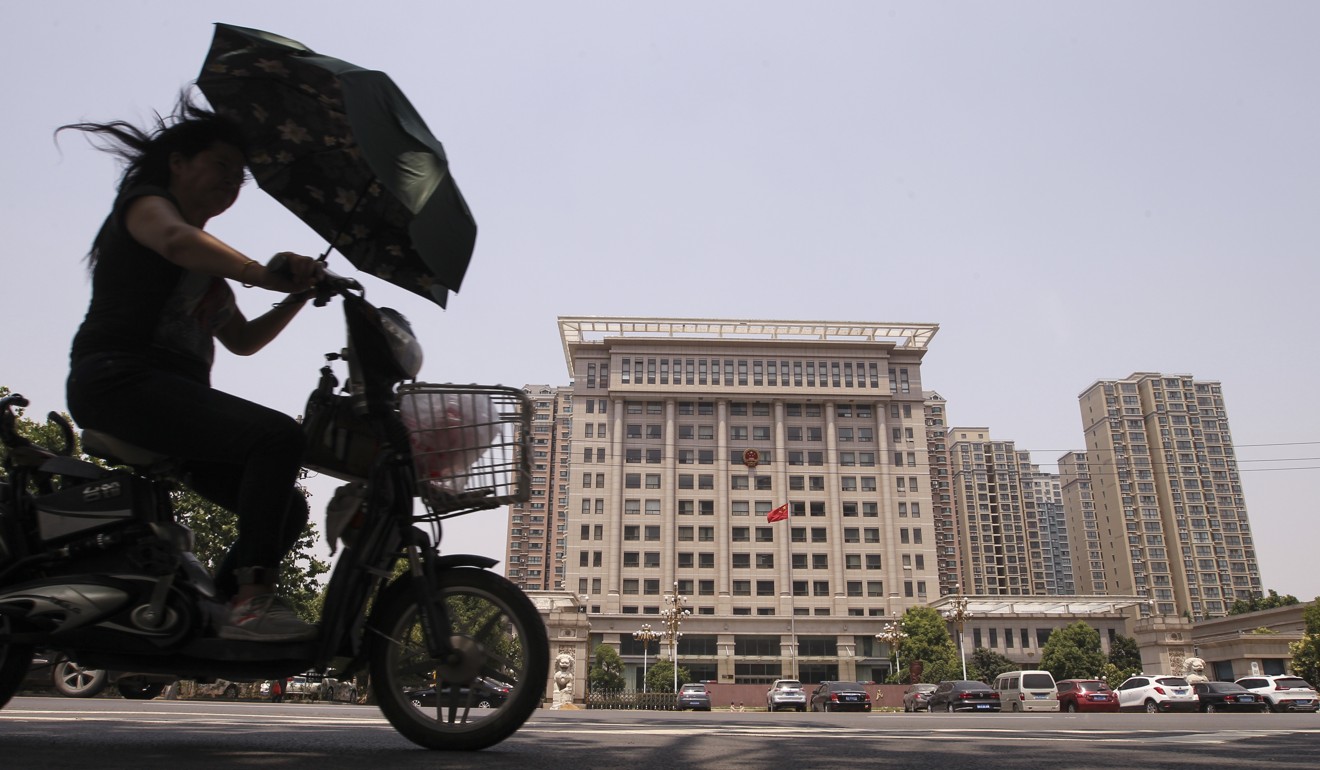
But what the prospectus did not say was that all Xingyang Urban Investment and Development’s board members were local government officials. Its chairman, Li Guixi, was the director of Xingyang’s tax bureau.
Even more worryingly, a recent visit to Xingyang by the South China Morning Post found that five of the 10 plots of land used as collateral for the bond were already occupied by government agencies including the local Communist Party school, the Xingyang People’s Court, the Xingyang Municipal Sports and Education Committee and the Xingyang Industry and Commerce Administration.
If the collateral needed to liquidated in the event of a bond default, bond holders would need to demolish the local court house and other government buildings to get their money back – something unlikely to be allowed.
Yi Xianrong, a finance professor at Qingdao University, said it was common for “flawless” paperwork about Chinese debt to cover “enormous dangers” on the ground.
“Local officials often play with the rules, collude with agencies, and get their pet projects funded,” Yi said. “They try their best to leverage the financial market and get financed, exposing investors and ultimately the ordinary people to risks of default.”
In one case of fraud that has been exposed, Song Xueying, the former land bureau chief in the Heilongjiang city of Jiamusi, confessed to issuing a forged land use rights certificate in 2009, on the orders of a city government official, to help the local LGFV to get billions of yuan of financing. In another case, an LGFV in Gongyi, just west of Xingyang, used land it did not own as collateral for a billion yuan debt issue in 2013.
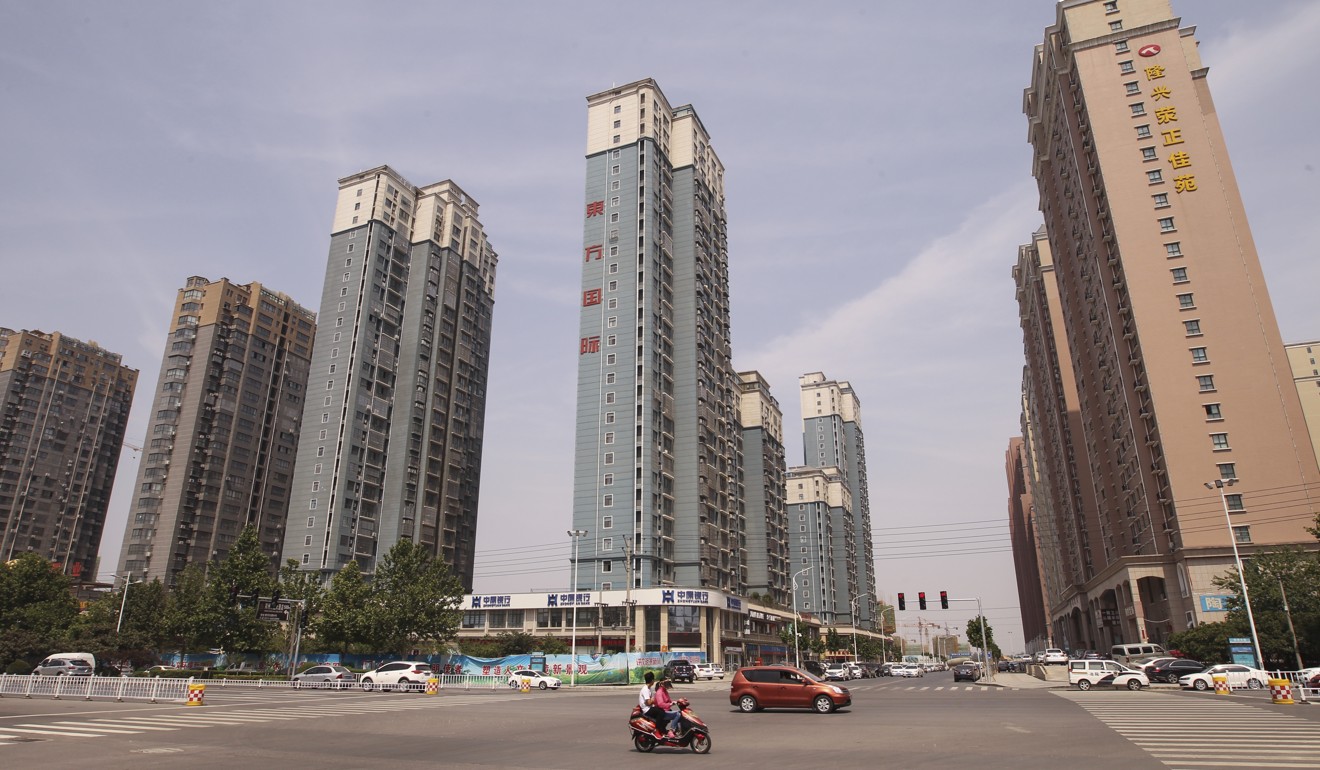
China’s local governments have to spend a lot but are not allowed to run fiscal deficits. In the past, Beijing turned a blind eye to local government borrowings via LGFVs, a practice that boomed after 2008 when Beijing encouraged provinces and cities to invest in infrastructure projects and encouraged them to sell bonds.
LGFV debt surged, with the outstanding amount of publicly traded LGFV bonds totalling more than 6 trillion yuan at the end of last year, 20 times more than at the end of 2008. And LGFV bonds are only part of a local government debt pile which Beijing estimates totalled 15.32 trillion yuan at the end of last year.
Meanwhile, China’s total debt rose from 157 per cent of gross domestic product in 2008 to 260 per cent last year and is still rising.
In theory, creditors could take legal action against LGFVs that defaulted and claim rights to pledged assets, said Ivan Chung, an associate managing director at Moody’s Investors Service in Hong Kong. Moody’s downgraded China’s sovereign debt rating last month for the first time in almost 30 years.
“However, unlike a normal corporate entity, most LGFV assets are not economically viable assets that generate revenue and thus creditors may get little value from LGFV liquidations,” he said.
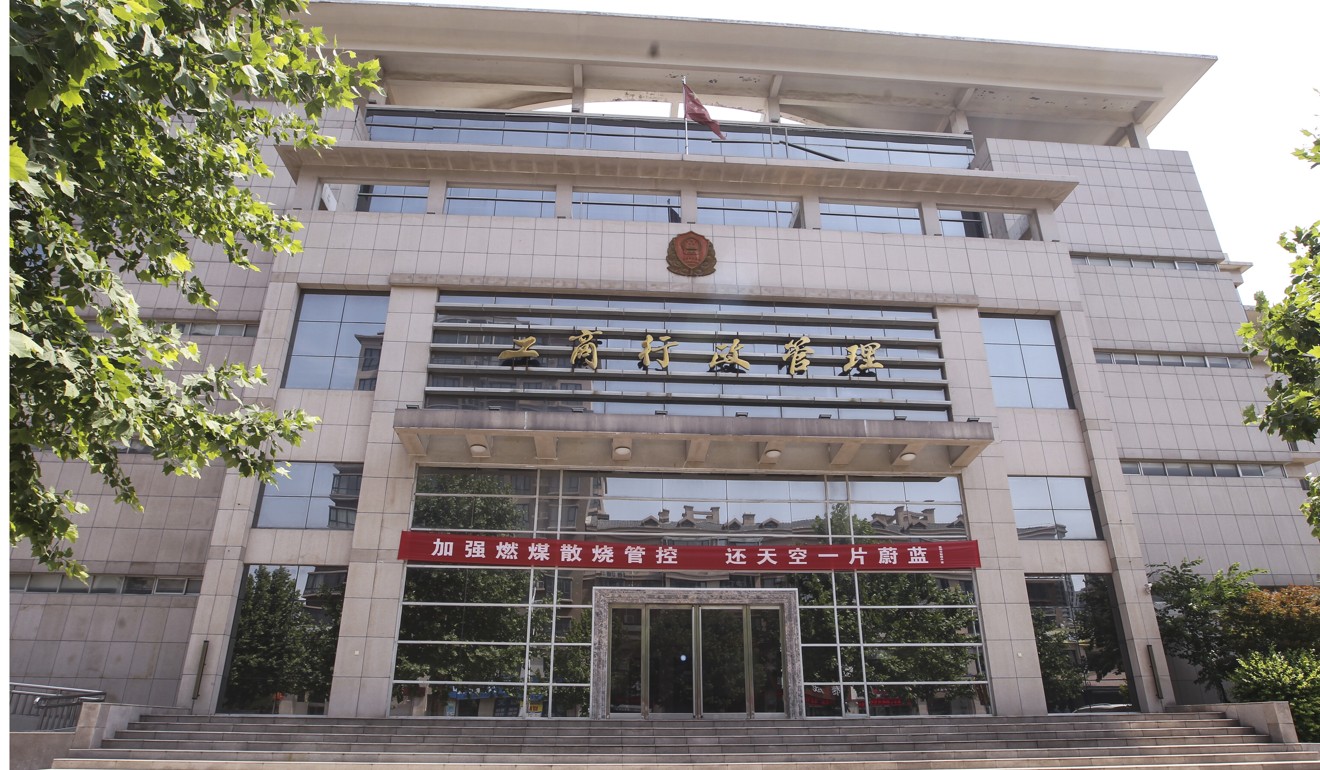
Beijing has been trying hard to distinguish government debt from non-government debt, issuing notice after notice telling local governments not to write letters of guarantee for LGFV bonds or to use land as collateral, but the general picture on the ground is that fiscal funds are needed to honour LGFV debts.
Xingyang Urban Investment and Development has to pay annual interest of 8.1 per cent to the bond holders, but the 800 million yuan the bond raised has been invested in factory space in “new materials industrial parks” which have yet to generate substantial cash flows.
However, the company’s net profit still doubled to 92 million yuan in 2015, thanks to a Xingyang local government injection of 113 million yuan in “subsidies”, according to a report issued late last year by the China Chengxin International credit rating agency.
There’s not been a single default of a Chinese LGFV bond, even though debt levels are rising and many have been issued fraudulently or are backed by problematic assets. In fact, any kind of Chinese bond default is rare, with most cases that do occur involving private business issuers or local state-owned enterprises in poor areas where the authorities lack the resolve or financial resources to bail them out.
Even though Beijing tries to deny the link, every LGFV is backed by a tacit guarantee from the local government. And every local government in turn enjoys a tacit guarantee from the government immediately above it, ultimately leading all the way up the ladder to Beijing.
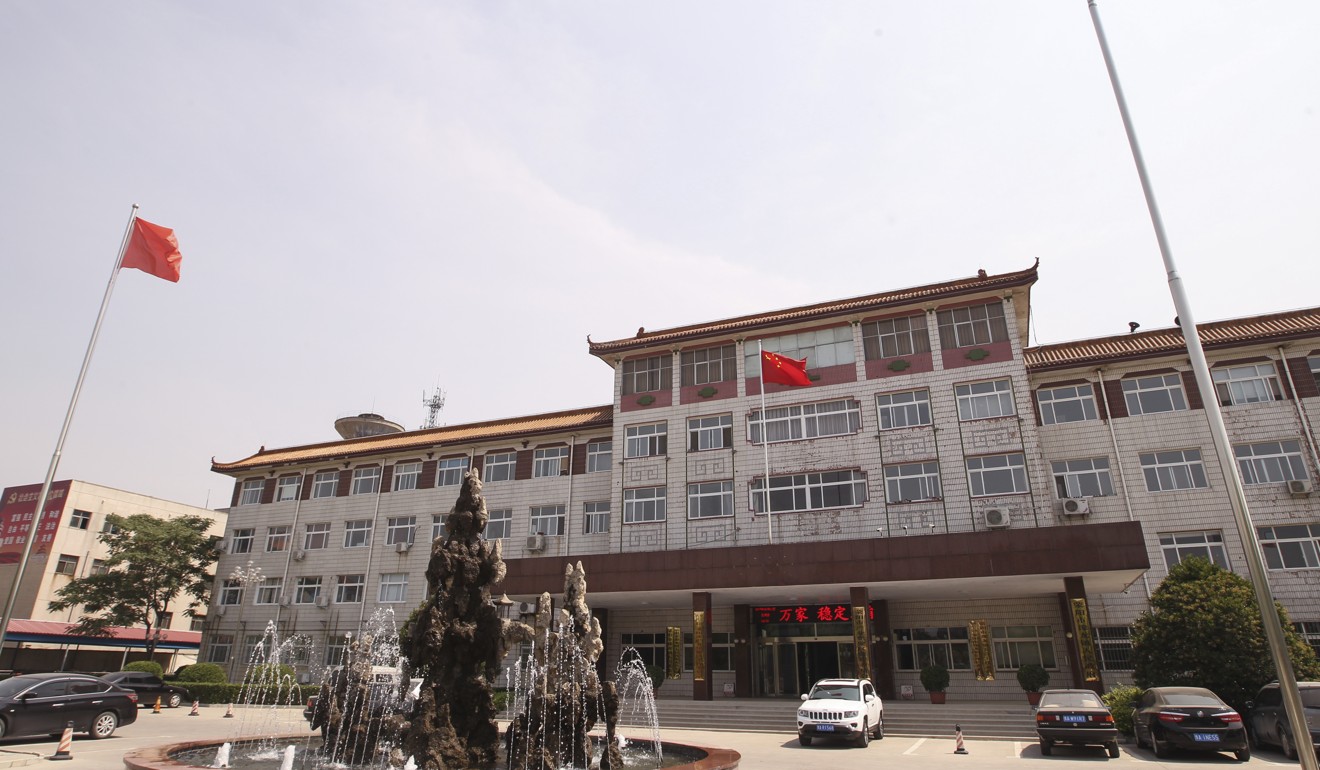
“Debt will be repaid by local government or its provincial government if the company is unable to pay,” said Yi, a former researcher with the Chinese Academy of Social Sciences. “As long as default incidents are not taking place simultaneously, China will have no debt crisis.
“The ultimate payer is the taxpayer.”
Xingyang’s economy grew by 8.5 per cent last year and its fiscal revenue surged 27 per cent thanks to its proximity to Zhengzhou, with people and money flooding into its property market after the provincial capital imposed curbs on home purchase by non-locals in October.
Downtown Xingyang is now a sea of real estate offices touting some hundred finished and unfinished property projects. Xingze Road, its main street, is dotted with property developers’ advertising posters and slogans. One reads: “Snap up commercial property, you will secure a big fortune and a bright future!”
Xingyang resident Zhou Shiyuan said property prices had at least doubled in the past two years to an average of about 10,000 yuan per square metre, and the local government, as the landlord, had reaped windfall gains as a result.
“The government is rich with money from selling land,” the 31-year-old said. “Developers make a lot of money too.”
The central government is trying to tame local debts, saying it wants “to open the front door and close the back door” for local government borrowing by banning the raising of funds through LGFVs and encouraging the issuance of on-balance-sheet municipal debt. However, local authorities often seem able to find back doors that allow them to skirt the restrictions.

“The need to finance local investment and support growth led to some circumventions of the new rules since the new budget law took effect in 2015,” UBS Securities economists Wang Tao and Zhang Ning wrote in a recent research note.
In addition to borrowings and bonds, local government liabilities were also accumulating in the form of public-private partnership programmes, they wrote, and overall local government liabilities last year could be 10 trillion yuan larger than Beijing’s official estimate.
Tim Condon, an ING economist, said “entrepreneurial” local government officials posed a challenge to central government efforts to put local government finances on a sustainable footing.
“Legacy issues – debts LGFVs undertook in the past – remain and may give some LGFVs a new lease on life,” Condon said. “My baseline is that some LGFVs will evolve into private infrastructure construction companies and the others will disappear as their debts expire and their functions are absorbed by local governments.”

